The Balkans Conflict

Long-standing political and racial tensions in the Balkans erupted into fighting during the 1990s. To try and stabilise the situation, international United Nations (UN) and North Atlantic Treaty Organisation (NATO) peacekeeping forces were deployed to the area. From 1994 to 2007, the Army Air Corps (AAC) provided aviation support for these forces in the former Yugoslavia and played a vital role in securing peace in the area.
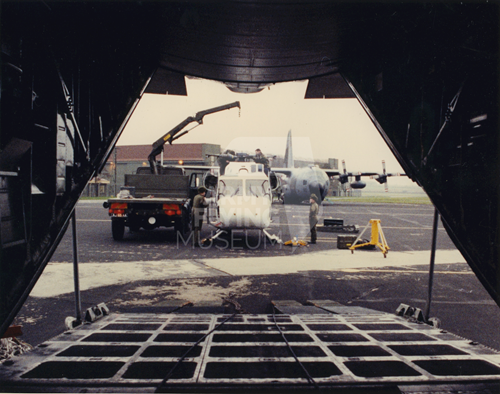
The AAC used Lynx and Gazelle helicopters and the Islander during this campaign. Some of the helicopters were carried into the area of operations in large transport aircraft. Others flew the 1,500-mile journey from the United Kingdom to the Balkans. As this image shows, Army helicopters were often painted white for service with the United Nations.
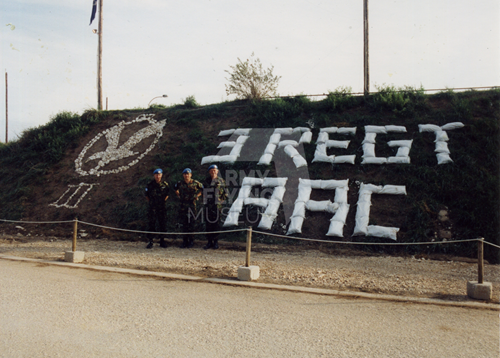
There was no military infrastructure in place when the international forces arrived in the Balkans. The AAC had to live in tents or build their own accommodation and helicopter landing sites using freight containers and flat-pack portacabins. They experienced floods, a gale and a plague of frogs.
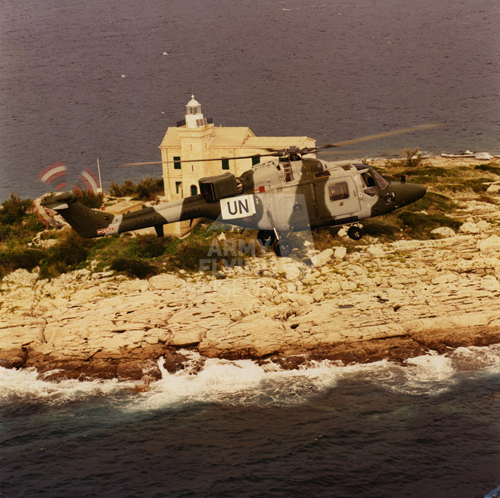
The AAC operated in a largely mountainous area with fast flowing rivers and scattered settlements. The local roads were in a poor state of repair and large areas were covered with landmines. In this difficult environment, helicopters were essential for the safe, rapid movement of personnel and equipment.
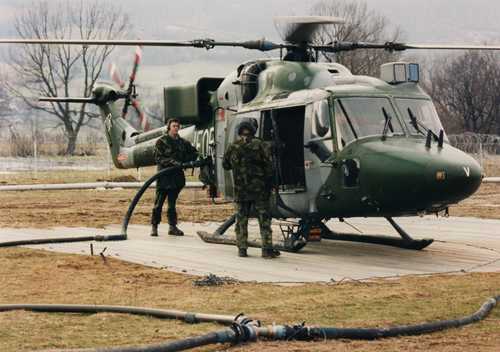
A network of support services was required to keep the AAC flying in the Balkans. FARPs enabled helicopters to operate across a wide area whilst remaining within reach of a fuel supply. The Royal Electrical and Mechanical Engineers were responsible for repairing and maintaining Army aircraft but undertook many other tasks including work on accommodation facilities.

Flying conditions in the Balkans were very challenging. Winters brought snow, fog, and temperatures of -30 degrees Celsius while the hot summers could make helicopter engines overheat. Mountainous terrain created heavy turbulence and there was a constant threat of attack from those involved in the conflict.
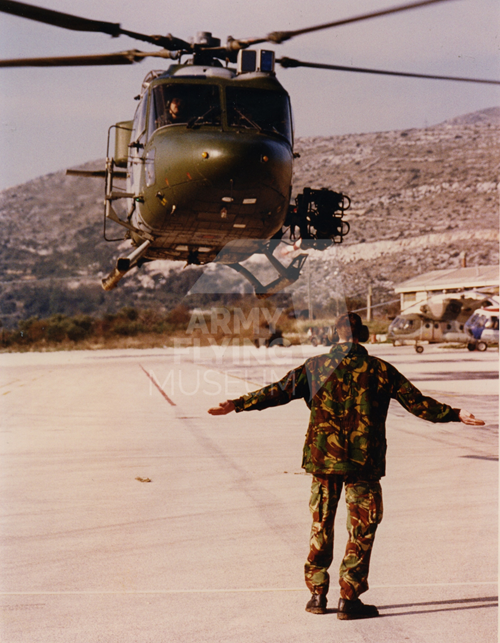
The flexibility of AAC helicopters made them an invaluable asset during this campaign. They undertook important reconnaissance missions and life-saving casualty evacuations. They provided transportation for troops and high-ranking officials, and were also used to move equipment and supplies including humanitarian aid. Weapons were fitted to Lynx helicopters to reinforce their robust peacekeeping mandate. Major Rupert Hibbert AAC commented “Helicopters are not a luxury in the Balkans – they are vital”.
